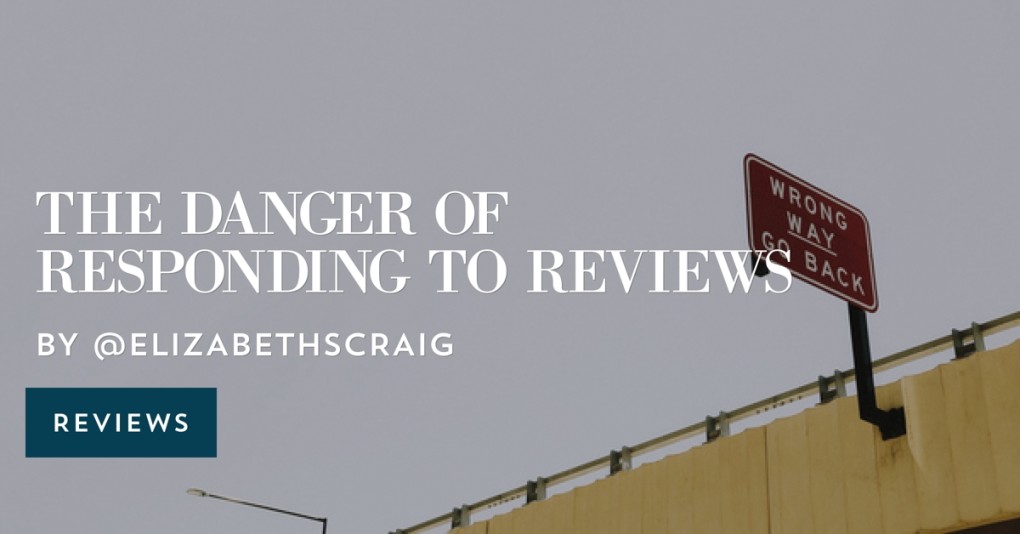
by Elizabeth S. Craig, @elizabethscraig
I read a lot about the importance of book reviews to a book’s success. There are tons of articles out there about how to get more book reviews or how to find and contact book reviewers.
But sometimes I think writers don’t do enough with book reviews, when we have them. We allow them to sit statically on our Amazon book page.
I’m guilty of this, myself. But I’ve made more of an effort lately to highlight my reviews, recognizing the importance of social proof.
Amazon Product Page
As I mentioned above, this is usually the repository of many of our reviews… at least, our customer reviews. Although the focus when I first got published was more on reviews in publications like Library Journal and Kirkus, the importance of customer reviews to potential readers has become increasingly important.
But that shouldn’t be the only place on the product page where our reviews are listed. A strategy that works for series is to add up all the 5-star or 4 and 5 star reviews and mention them under the ‘editorial review’ section on the page (we access that through our author central account). That way you end up with something like “readers love Winston Pepperjack! 500 5-star reviews.”
You can also create and format a list of your favorite reviews from other books in the series and list them on the editorial review page (Praise for the Winston Pepperjack series: ___ ).
Back Matter
This is something that I’m trying soon. I have all of my books listed in the back matter of each book (every book is linked to its own page on my website with ordering information for each retailer), but I don’t have any review snippets in the back matter at all.
If I include short reviews, I’m thinking it will help readers crossover from one series of mine to another. I do have some readers who are very loyal to a particular series and reluctant to try another. Reviews could help convince these readers to try something new.
Images
This is something new for me, although I’ve seen others do this really well. Using a free design program like Canva or Visme, take part of a review and create an image with it. This creates a little visual interest for your website. I always feel like incorporating reviews on my site is a bit awkward, and the images help, I think.
I’m absolutely horrible at design, but even I was able to make a couple of serviceable images with the help of Canva.

Newsletters
We can also take the images we’ve created and include them in our newsletter with a link to the book in question. That could be a good, again, for reader discovery.
Finding your best reviews
Some writers avoid their review sections at all costs. But there are ways of finding your most flattering customer reviews without having to trudge through the one-star, discouraging stuff. Just click on ‘5-star’ and Amazon will return the 5-star results.

What do you do with your book reviews?
Photo on Visual hunt







